
Rotary-powered Wildcat Jaguar replica
By Dean Larson
Photos: Seller, Craigslist
The term may get thrown around quite a bit, but the Jaguar E-Type is truly an icon in every sense of the word. Its performance set a new standard for road-going sports cars of the day, since it was based on the highly successful D-Type race car. Its looks are also second-to-none, and Enzo Ferrari famously called it “the most beautiful car ever made.” Strong praise from a direct competitor. So trendsetting was the E-Type’s image, that prominent celebrities of the day including McQueen, Brigitte Bardot, and Tony Curtis, owned E-Types as well.
With all this prominence in mind, it comes as no surprise that good E-Types can ask $100,000 and up, with exceptional cars cresting $220,000 on any given day. Enter then this RX-7-based XK-E, which gets us wondering if a rotary-powered replica with a fiberglass body is a worthy substitute for a fraction of the price.
Of course the Jaguar E-Type is based on the proven 3.8- and 4.2-liter XK straight-sixes in the Series 1 and 2 cars, with a 5.3-liter V12 used in the Series 3. The popular 4.2-liter variant was known for exceptional performance, and put out around 245 to 265 hp depending on the year and specification. The dual-overhead cam engine offers a throaty soundtrack with a symphony of mechanical noises up to and beyond its 5,400 rpm peak power.
Gearshifts are long, but the ratios are well suited for spirited driving, and the lightweight chassis handles curves with precision. Power disc brakes on all-four corners, with the rears mounted inboard, offers top-tier stopping power for the day, and independent suspension front and rear keeps the car planted. So how does all this compare to the RX-7?
The main story with the RX-7 is of course the 1.3-liter 13B Wankel rotary engine, rated at a respectable 135 hp for 1984 (the year of the donor car used). Lightweight, with a nearly 50/50 weight distribution, the RX-7 was also a spirited performer in its day.
So we can rest assured that the Mazda platform will provide sufficient swiftness for a convincing XK-E, but what about the bodywork? Provided by JPR Wildcat, the E-Type kit is one of the oldest in the business, and is more than convincing, even up close. Other than some odd trunklid fitment, I don’t think the body would raise any eyebrows over the finished product, especially when you tell them there's a whole Mazda underneath. The wheel choice makes sense, as I believe they were chosen to reflect the appearance of Dunlop wheels used on racing D-Types and the like, but some genuine wire wheels would be worth the investment.
It’s much the same story on the interior, where there’s been an effort to re-create the Jag’s dash and dials without breaking the bank. Flip switches are used on the dash that are similar, if not identical, to the Series 1 cars, and AutoMeter gauges are used in place of the originals, but the feel is pretty close. Additionally, a thicker wood-rim wheel is used, which isn’t exact, but it’s definitely in the ballpark.
Lifting the hood of the Wildcat, it’s interesting to note how the replica body panels were worked over the Mazda’s stock chassis and mechanicals. Preserving these aspects of the original RX-7 should lead to a safer and more serviceable replica, all while preserving the Mazda’s desirable handling characteristics.
Overall, I think the next owner of this Wildcat Jag will find it to be an enjoyable hobby car offering convincing looks and spirited driving. Sure, a Jaguar straight-six would make for a more accurate (albeit more expensive) replica, but I don’t think that was the idea here. The thought on this one was to take an inexpensive two-seater and transform it into a fun driver with loads of character. Is that worth $20 grand? I guess that’s up to the market to decide.
See it here on Long Island Craigslist.

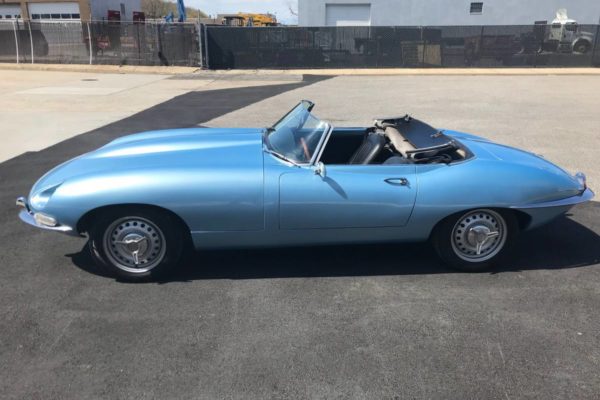
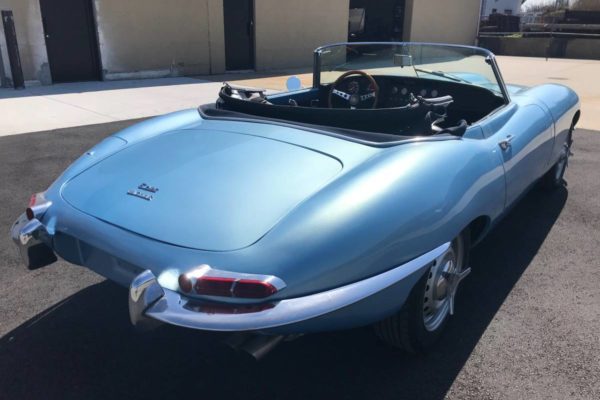
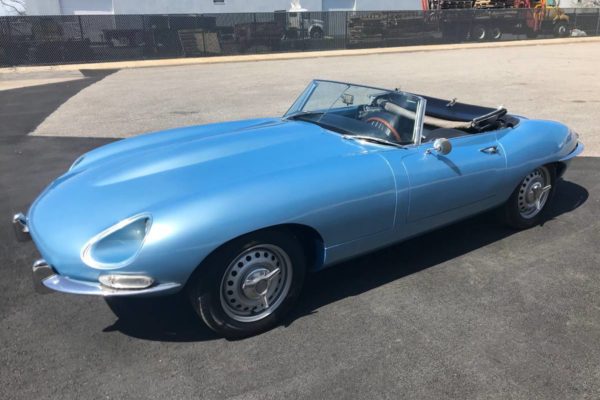
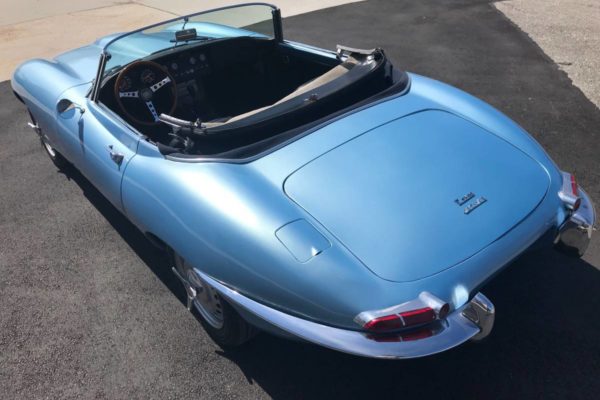
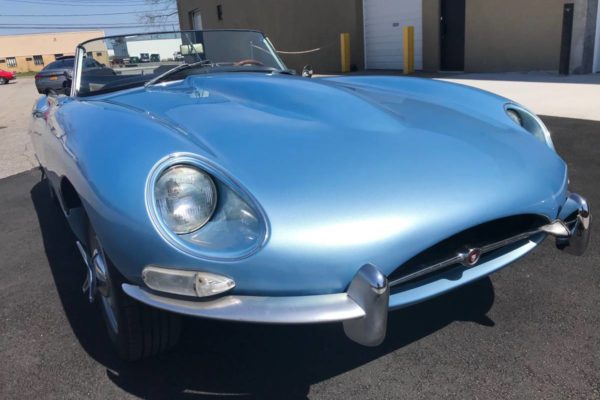
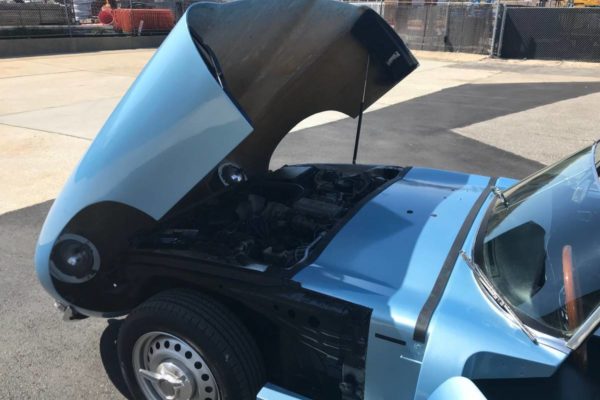
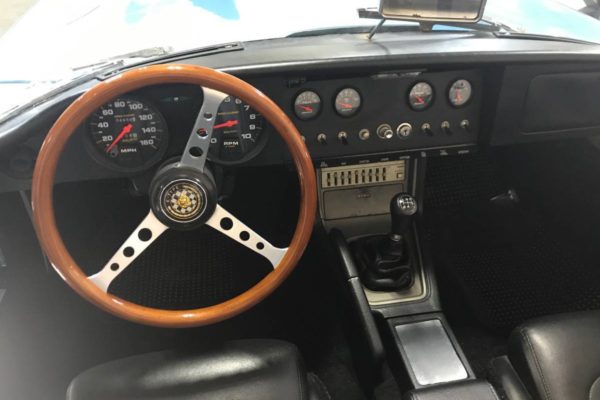
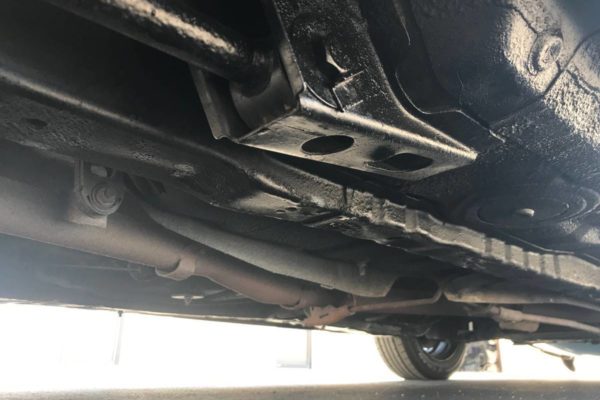
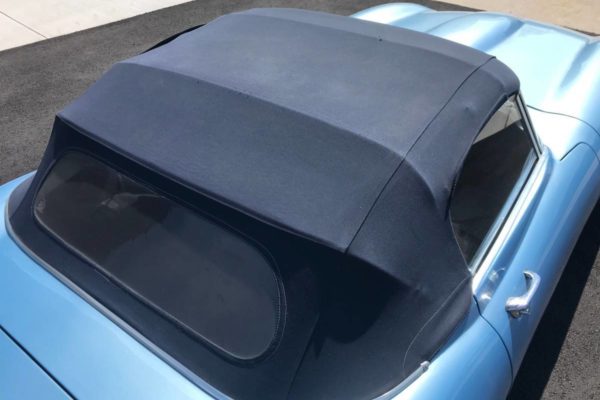
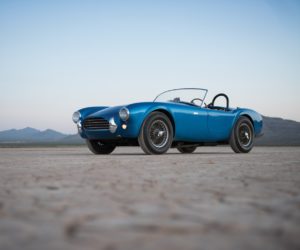
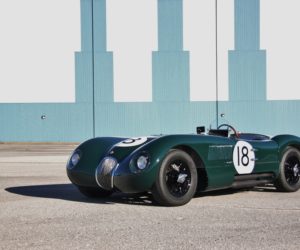
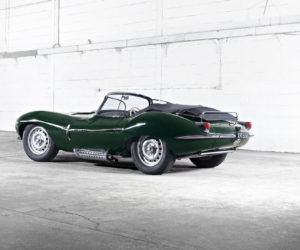
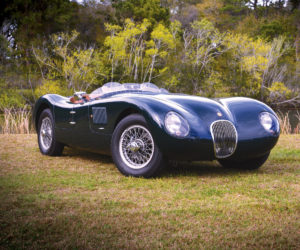
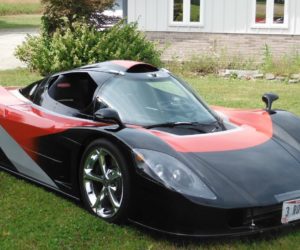
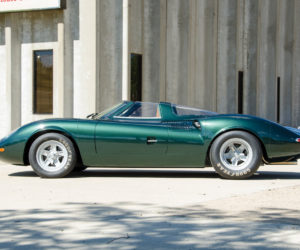




Comments for: Rotary-Powered Jag XK-E
comments powered by Disqus